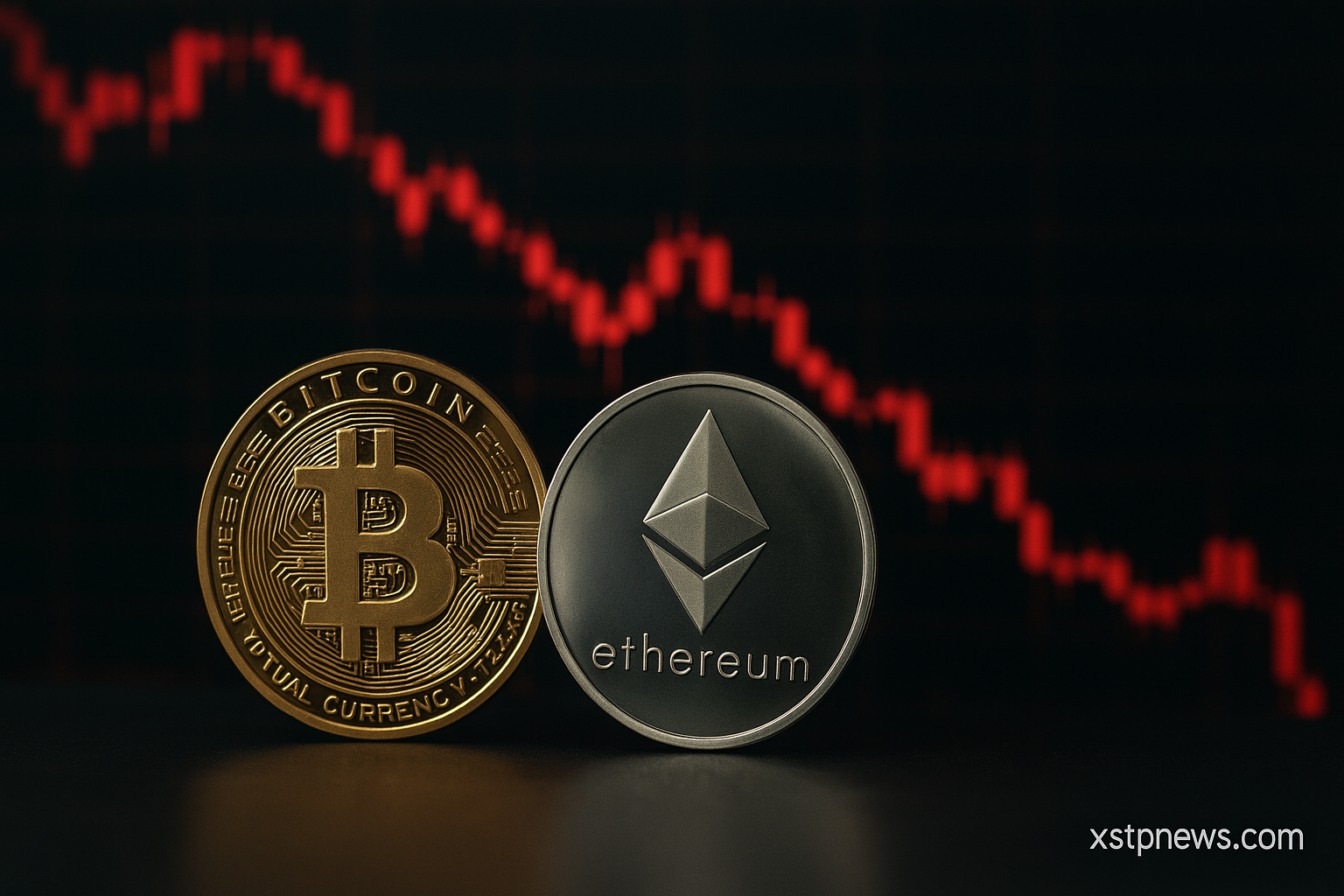Oil prices hovered near $75 a barrel on Tuesday, with Brent stabilizing after weeks of moderate swings. The tone reflects investor confidence that OPEC+ will maintain its disciplined production cuts, even as uncertainty over global demand tempers optimism.
OPEC+ stays the course on output quotas
In a brief virtual session, OPEC+ ministers confirmed they would keep current supply curbs intact, citing the importance of market “balance and stability.” The alliance’s commitment comes despite fragile macro signals from China and muted fuel consumption trends in Europe.
“Producers are clearly more worried about oversupply than undersupply,” said Hana Ibrahimi, senior commodities strategist at Société Générale. She pointed out that recent refinery margins have softened, suggesting downstream demand could remain patchy into Q3.
Inventories tighten, hedging shifts
U.S. Energy Information Administration data last week showed crude stocks falling by 4 million barrels, a steeper draw than forecast. Meanwhile, hedge funds cut bearish bets on oil futures for the second consecutive week, signaling that traders are less inclined to wager on near-term price drops.
Equities tied to the energy sector also reflected this cautious optimism. The S&P energy subindex edged up 1.8%, bolstered by steady cash flows and dividend hikes announced by several U.S. shale firms.
Demand growth remains the pivotal risk
Market players continue to debate whether global consumption can keep pace. With the International Energy Agency projecting just a 1.1 million bpd increase in demand for 2025, down from earlier forecasts, any macro shock could easily tilt the market from tight to oversupplied.
As long as OPEC+ maintains discipline and geopolitical disruptions stay contained, oil prices look set to hover in a controlled band. The real test will come if emerging market demand fails to rebound strongly enough to absorb persistent output caps.







